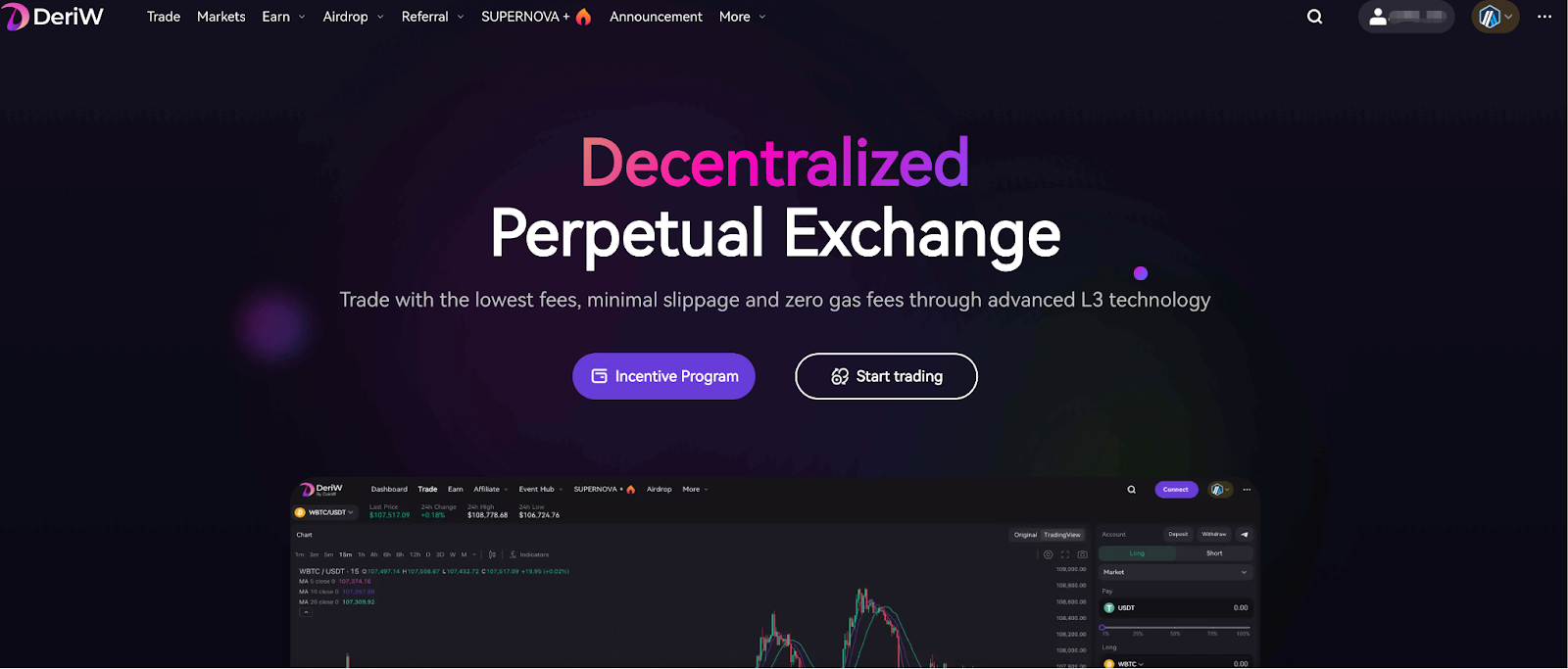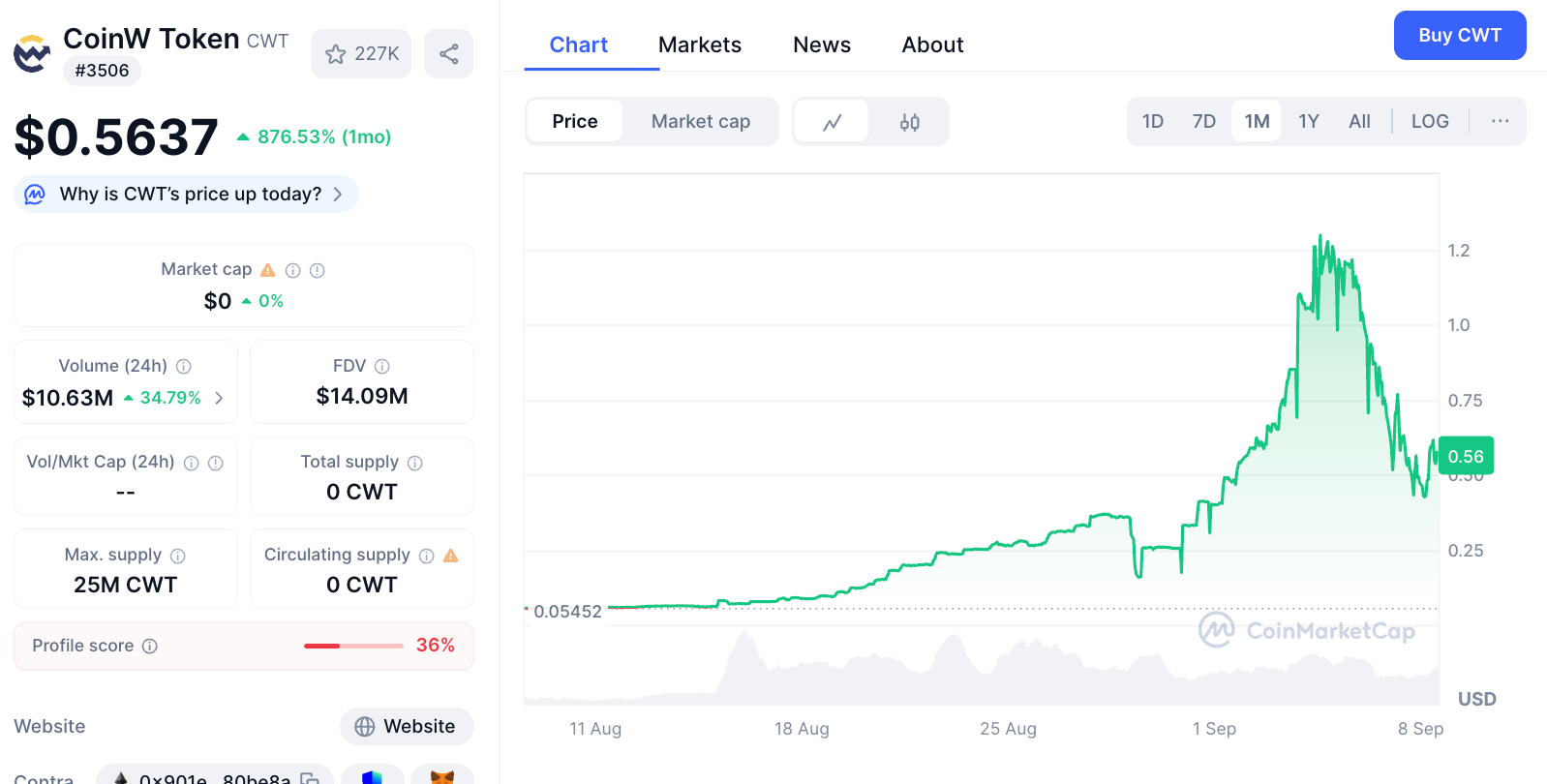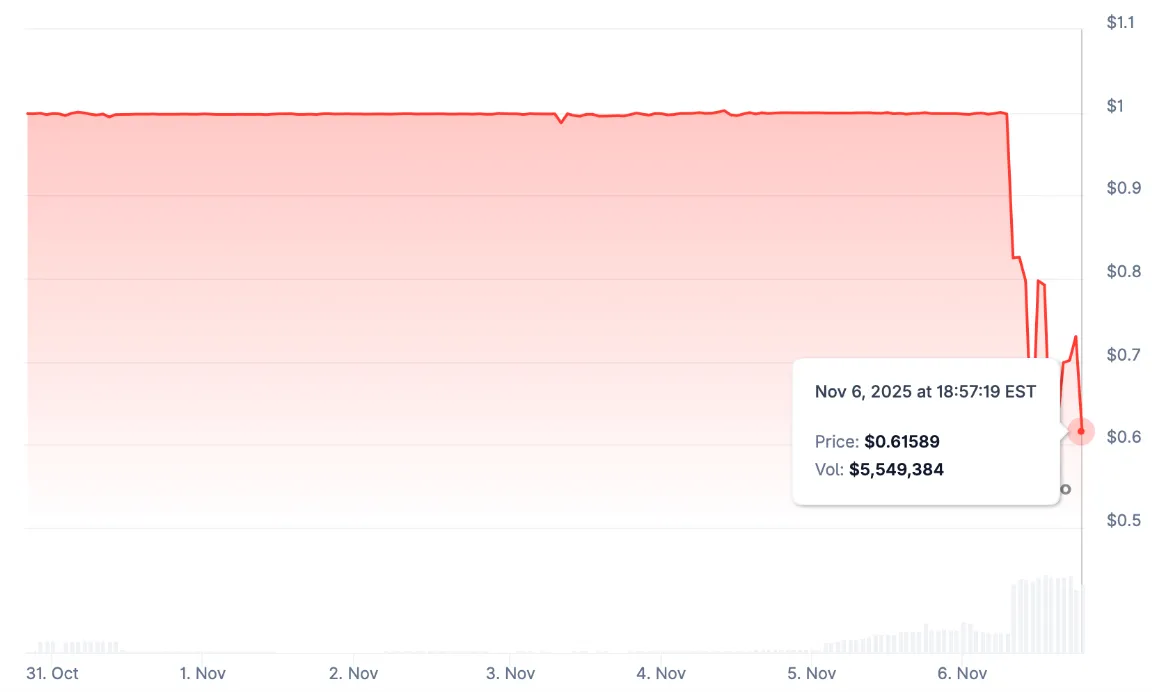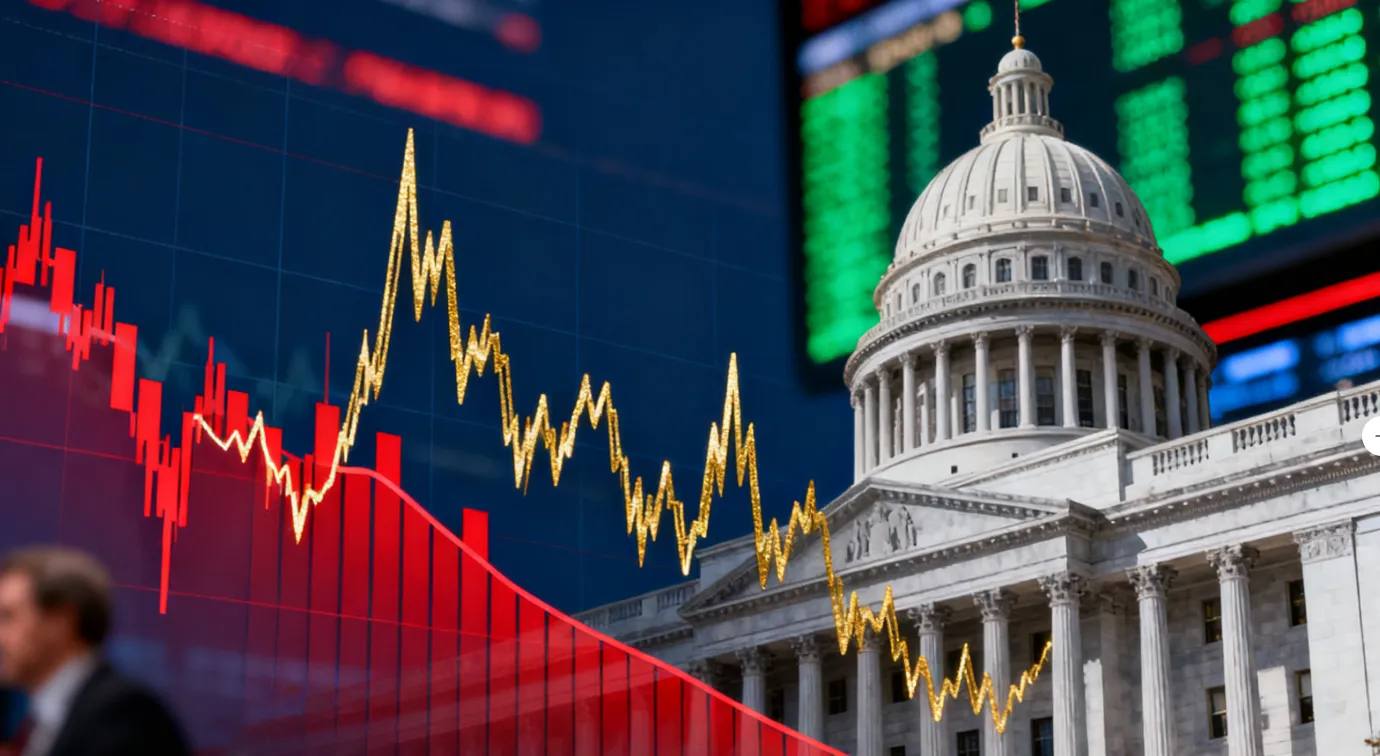In March 2025, Hyperliquid faced manipulation of the JELLY perpetual contract, tearing off the "decentralized" veil overnight. In this incident, attackers were able to distort the marked price of the JELLY token with just a few million dollars, creating significant liquidations, ultimately forcing the liquidity pool to absorb a potential loss of $10.63 million.
To stem the bleeding, Hyperliquid chose to vote to delist the contract and unify the liquidation, which the community referred to as a naked "pulling the plug" operation. This also forced the market to confront a harsh reality for the first time: beneath the so-called decentralized shell, the liquidity pool is the true bearer of the costs.
Of course, Hyperliquid is not an isolated case. The GLP pool of GMX and the insurance fund of dYdX also follow a similar logic, where when liquidation fails, losses are ultimately passed on to the liquidity pool or fund to cover. On the surface, this is a prudent design, but in extreme market conditions, it means that all LPs must bear the costs for a few liquidated positions. This is also the biggest flaw in the entire perpetual DEX model.
When the previous generation of perpetual contracts could not escape the trilemma of performance, decentralization, and security, DeriW provided another answer.
DeriW's Secret Weapon
DeriW is a new generation of perpetual contract DEX built on Arbitrum Orbit. In stark contrast to existing industry paradigms, it combines Pendulum AMM (pendulum-style dynamic liquidity pool) with Layer 3 architecture, which not only cuts off risk transmission at the mechanism level but also further addresses a series of chronic issues exposed by platforms like Hyperliquid under the passive takeover model of liquidity pools.
At the same time, DeriW is able to provide an experience close to centralized exchanges in terms of speed and smoothness while retaining the transparency and non-custodial attributes that DeFi should have, offering high-leverage trading of over a hundred assets, with zero gas fees and extremely low costs, further opening the door for high-frequency and professional users.

Layer 3 + Pendulum AMM Mechanism, Directly Addressing Liquidity Pool Dilemmas
The predicament of Hyperliquid reveals the essence of the existing model, which is that liquidity pools are the ultimate bearers of all risks. The Pendulum AMM mechanism of DeriW aims to reconstruct the logic of liquidity pools from the source, while providing a performance foundation based on its self-developed Layer 3 architecture.
Risk Isolation and Pricing
The core innovation of Pendulum AMM lies in transforming the liquidity pool into a closed-end fund. Each subscription period is locked once fully subscribed, and funds cannot be freely entered or exited during the duration, with principal and returns returned according to shares upon maturity. This institutional design frees the liquidity pool from the vulnerability of being withdrawn at any time, stabilizing its scale and controllable structure, making LP's returns more predictable.
On this basis, the trading scale directly depends on the net floating profit and loss of both long and short positions. The more intense the competition, the more the liquidity pool can automatically expand, releasing capacity beyond the original stock, allowing limited capital to be maximized in efficiency. Meanwhile, the system continuously monitors three key parameters—net floating profit and loss of positions, realized losses of the liquidity pool, and initial capital scale. Once it deviates from the safety threshold, the model will automatically tighten positions and charge additional management fees to the high-risk side, effectively passing the risk costs back to the traders rather than the LPs.
More importantly, Pendulum AMM achieves localized handling of shocks through risk isolation and automatic reduction mechanisms. Even if a particular asset pool is blown up in extreme market conditions, the risk is locked within a single pool and does not evolve into a platform-level systemic crisis.
Fair Liquidation
Based on the above mechanisms, the liquidation price of DeriW is determined by leverage and margin: 10x leverage has a liquidation rate of 95%, 20x at 90%, and 30x at 85%. Once a position reaches the threshold, the system immediately executes liquidation, prioritizing the use of margin to absorb losses, with the liquidity pool only passively intervening through slippage in extreme imbalances.
This rule not only makes liquidation fairer but also greatly reduces systemic risk. Even in scenarios of "high leverage + low collateral," the system can rely on dynamic adjustments of rates and thresholds to dismantle shocks, without requiring community voting or project party intervention. This stands in stark contrast to Hyperliquid's "pulling the plug" operation during the JELLY incident, highlighting DeriW's decentralized fairness.
At the same time, all transaction and liquidation data of DeriW can be transparently executed on Layer 3 and ultimately submitted to Ethereum, inheriting its security and data availability. Users not only have complete control over their assets but can also verify on-chain data at any time, even challenging through Layer 1's fraud proof mechanism. This level of transparency and resistance to censorship protects the system from black-box operations and single-point control.
Layer 3 Performance for an Ultimate Experience
Any complex mechanism requires performance support. DeriW's Layer 3, built on Arbitrum Orbit, not only supports a throughput of 80,000 TPS and zero gas costs but also ensures that even in extreme market conditions, liquidation can be executed instantly. For users, this means achieving speeds and smoothness close to centralized exchanges in DeFi while retaining the safety attributes of transparency and non-custodianship.
It is worth mentioning that DeriW is developed by the established exchange CoinW, with a team that has eight years of experience in the perpetual contract field and has undergone CertiK audits. This background provides a practical endorsement for the platform's stability and credibility, becoming a prerequisite for gaining market trust.
Dimensional Reduction in Trading Efficiency
The flaws of the traditional order book model are becoming increasingly apparent:
- When liquidity is insufficient, orders take a long time to execute, leading to delays and slippage;
- High-frequency traders struggle to execute strategies, while small users are continuously eroded by hidden costs.
DeriW, through Pendulum AMM paired with its self-developed Layer 3, can maintain a speed and smoothness close to CEX while being decentralized and transparent.
In terms of costs, it directly sets the funding rate to zero, with market balance borne by the dynamic slippage built into the AMM, only triggered in cases of severe imbalance between long and short positions. The transaction fee is fixed at 0.01%, one of the lowest in the industry. Compared to mainstream platforms that often charge 0.02%–0.05%, this combination of low fees and zero funding rates significantly reduces friction costs for long-term holdings and high-frequency trading.
The combined advantages of efficiency and cost are allowing DeriW to create a true dimensional reduction impact in the highly homogenized perpetual DEX market, gradually building its own moat.
Deeper Strategic Layout
Beyond the aforementioned mechanism innovations, DeriW's potential also comes from its parent ecosystem, CoinW. In terms of brand and market expansion, CoinW is continuously increasing its influence through cross-industry collaborations in sports and fashion: from LaLiga and the East Asia Football Cup to GQ STYLE FEST, these actions are rapidly bringing crypto brands into mainstream view and opening up broader external markets for DeriW.
Additionally, DeriW has currently partnered with Dubai's Zand Bank to jointly issue on-chain stablecoins, providing users with a more reliable financial entry point. This means that DeriW's growth path comes not only from internal competition within the sector but also offers DeFi users a trustworthy financial entry, laying the foundation for a narrative reshaping of DeriW.
As mainnet data grows and the TGE approaches, the narrative of technology and ecosystem synergy is expected to help DeriW converge into market consensus, becoming a pillar in the next industry cycle of perpetual DEX.
DeriW TGE is Approaching
As the DeriW mainnet continues to gain traction, community attention is gradually focusing on its upcoming TGE event.
In terms of data, DeriW has already surpassed 200,000 active users during the testnet phase, and since launching the mainnet on August 4, it has accumulated a trading volume of over $190 million, favored by high-frequency and professional traders. DeriW's "zero fees + high performance" has become a significant attraction.
Meanwhile, the Supernova+ incentive program is heating up for the TGE. Users accumulate DER+ points through trading and invitations, which can be used for quota exchanges or airdrop distributions in the future. A trading volume of $50 earns 5 points, while invitation rewards can bring an additional 300% bonus, and old testnet users enjoy an extra 5-20% reward. This "trade while mining" model is continuously warming up for the TGE.
On the other hand, the rapid expansion of DeriW's parent ecosystem, CoinW, is also boosting expectations. Its platform token CWT recently hit a historical high of $1.32, with a monthly increase of over 20 times, providing strong backing for DeriW's narrative.
Additionally, with the strategic cooperation with Dubai's Zand Bank, DeriW is gradually entering the stablecoin and RWA fields, connecting traditional financial assets with the on-chain derivatives market, unleashing new imagination.

Considering the early data and growth momentum exhibited by DeriW on both the testnet and mainnet, the market generally expects it to quickly benchmark against the market capitalization levels of leading perpetual DEXs after the TGE. For reference, Hyperliquid's current market capitalization has surpassed $18 billion, while DeriW, driven by the synergy of technology, ecosystem, and narrative, is being viewed as the next challenger with the potential to shake up the leading landscape.
Conclusion
As the market enters a new phase, perpetual contract DEXs stand at a crossroads. Practice has proven that relying solely on liquidity-driven models has reached its limit, and the case of Hyperliquid clearly reveals the limitations of the old paradigm. DeriW is reshaping the rules and establishing new systems through a series of technological innovations, breaking the trilemma of performance, decentralization, and security, and providing a new approach for the sustainable development of this field.
In the last cycle, Hyperliquid seized the liquidity dividend and rose rapidly; in this new market phase, DeriW is breaking through with technological and institutional innovations, aligning more closely with market demands for security and capital efficiency, and is expected to achieve a new round of paradigm shifts in on-chain derivatives.
The old market dividends have been exhausted, and DeriW may be becoming the starting point for a new round of dividends.
免责声明:本文章仅代表作者个人观点,不代表本平台的立场和观点。本文章仅供信息分享,不构成对任何人的任何投资建议。用户与作者之间的任何争议,与本平台无关。如网页中刊载的文章或图片涉及侵权,请提供相关的权利证明和身份证明发送邮件到support@aicoin.com,本平台相关工作人员将会进行核查。




